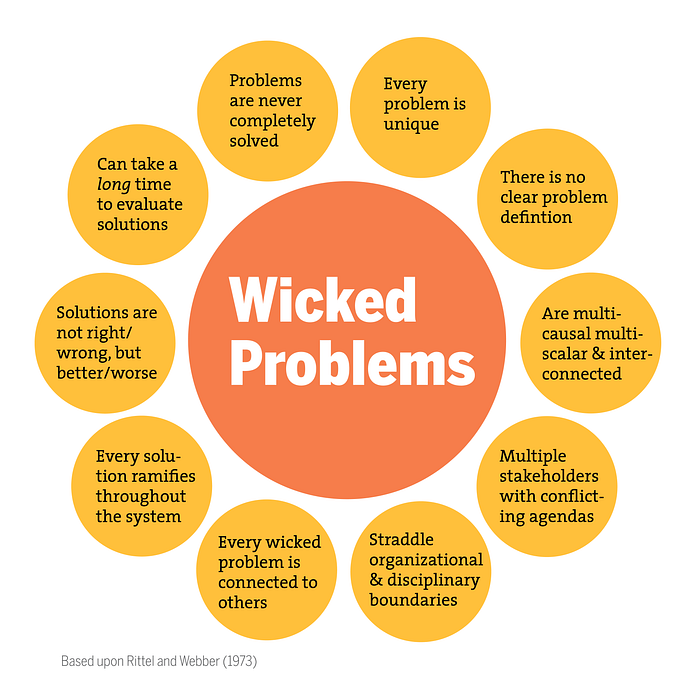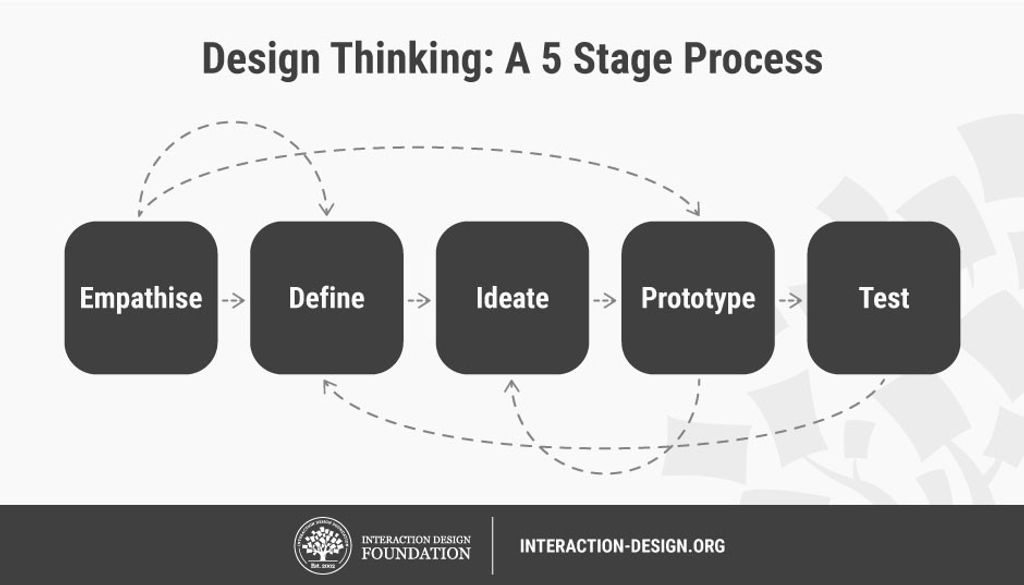CS474: Human Computer Interaction - Design Thinking
Activity Goals
The goals of this activity are:
- To explain the challenges of VUCA environments and wicked problems
- To apply design thinking principles to approach wicked problems in VUCA environments
Supplemental Reading
Feel free to visit these resources for supplemental background reading material.
The Activity
Directions
Consider the activity models and answer the questions provided. First reflect on these questions on your own briefly, before discussing and comparing your thoughts with your group. Appoint one member of your group to discuss your findings with the class, and the rest of the group should help that member prepare their response. Answer each question individually from the activity, and compare with your group to prepare for our whole-class discussion. After class, think about the questions in the reflective prompt and respond to those individually in your notebook. Report out on areas of disagreement or items for which you and your group identified alternative approaches. Write down and report out questions you encountered along the way for group discussion.
Model 1: VUCA Environments
Questions
- What kinds of problems represent VUCA environments?
Model 2: Wicked Problems
Questions
- What are some characteristics of wicked problems, and how do these characteristics inform the types of design processes one should employ in these innovative and multidisciplinary environments?
- What is the difference between abductive reasoning and deductive reasoning? What constraints does it relax? How might abductive reasoning be helpful when forced to innovate in unknown areas?
Model 3: Design Thinking Process
Questions
- What are the 5 stages in the design thinking process?
- How have you been incorprating these throughout your project work in this class?
Submission
I encourage you to submit your answers to the questions (and ask your own questions!) using the Class Activity Questions discussion board. You may also respond to questions or comments made by others, or ask follow-up questions there. Answer any reflective prompt questions in the Reflective Journal section of your OneNote Classroom personal section. You can find the link to the class notebook on the syllabus.


